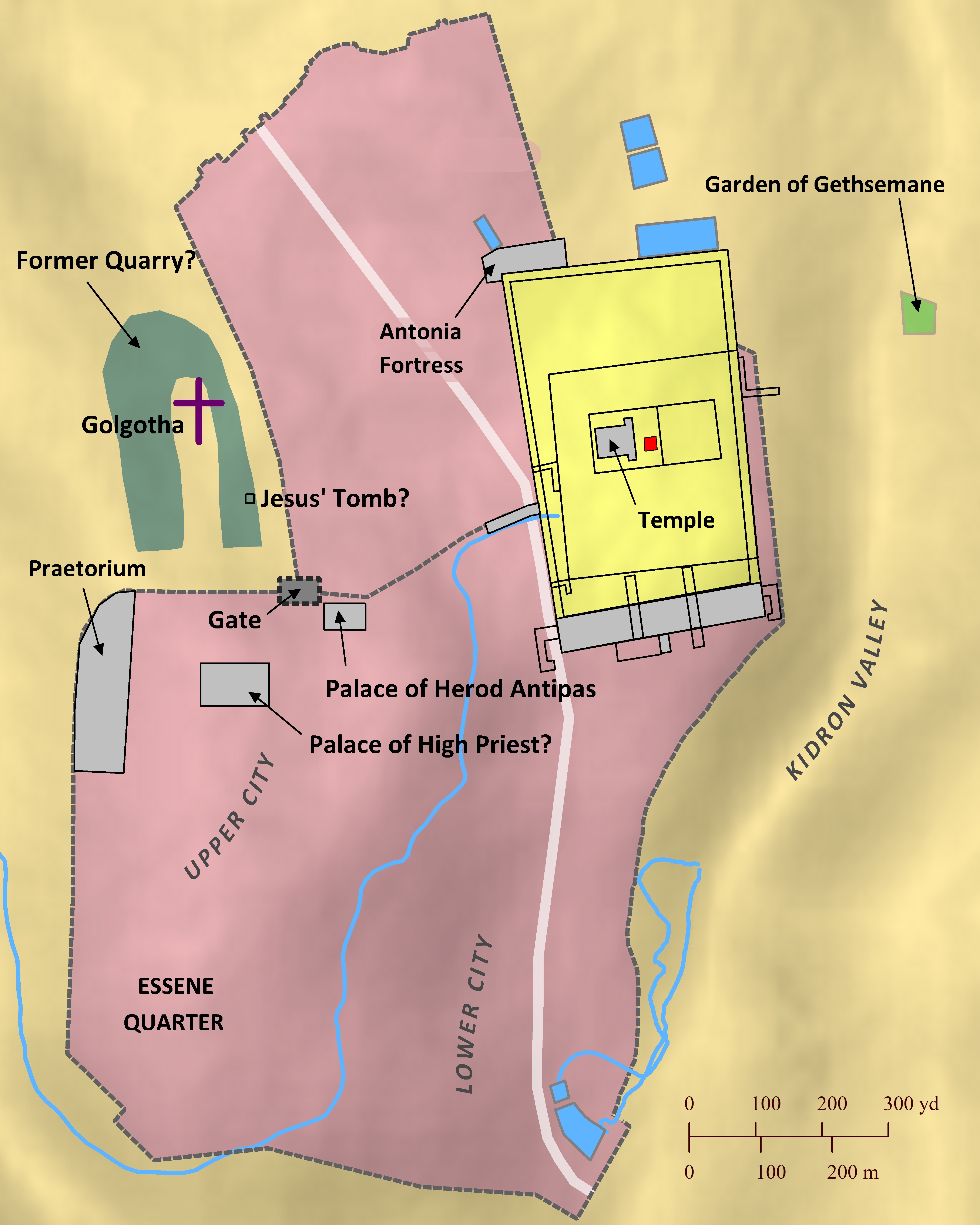Note: This view shows ‘verses’ which are not natural language units and hence sometimes only part of a sentence will be visible—click on any Bible version abbreviation down the left-hand side to see the verse in more of its context. Normally the OET discourages the reading of individual ‘verses’, but this view is only designed as a tool for doing comparisons of different translations—the older translations are further down the page (so you can read up from the bottom to trace the English translation history). The OET segments on this page are still very early looks into the unfinished texts of the Open English Translation of the Bible—please double-check these texts in advance before using in public.
AICNT {And you know the way to the place where I am going}.”[fn]
OEB and you know the way to the place where I am going.’
WEBBE You know where I go, and you know the way.”
WMBB (Same as above)
NET And you know the way where I am going.”
LSV and to where I go away you have known, and the way you have known.”
FBV You know the way to where I'm going.”
TCNT You know [fn]where I am going, and you know the way.”
T4T You know the road to the place where I am going.”
LEB And you know the way where I am going.”
BBE And you all have knowledge of where I am going, and of the way to it.
Moff And you know the way to where I am going."
Wymth And where I am going, you all know the way."
ASV And whither I go, ye know the way.
DRA And whither I go you know, and the way you know.
YLT and whither I go away ye have known, and the way ye have known.'
Drby And ye know where I go, and ye know the way.
RV And whither I go, ye know the way.
(And whither/where I go, ye/you_all know the way. )
SLT And where I retire ye know, and the way ye know.
Wbstr And whither I go ye know, and the way ye know.
KJB-1769 And whither I go ye know, and the way ye know.
( And whither/where I go ye/you_all know, and the way ye/you_all know. )
KJB-1611 And whither I goe yee know, and the way ye know.
(Modernised spelling is same as from KJB-1769 above)
Bshps And whither I go, ye knowe, and the way ye knowe.
(Modernised spelling is same as from KJB-1769 above, apart from punctuation)
Gnva And whither I go, ye know, and the way ye knowe.
(And whither/where I go, ye/you_all know, and the way ye/you_all know. )
Cvdl And whither I go, ye knowe, and the waye knowe ye also.
(And whither/where I go, ye/you_all know, and the way know ye/you_all also.)
TNT And whither I go ye knowe and the waye ye knowe.
(And whither/where I go ye/you_all know and the way ye/you_all know. )
Wycl And whidur Y go, ye witen, and ye witen the weie.
(And whither/where I go, ye/you_all perceive, and ye/you_all perceive the way.)
Luth Und wo ich hingehe, das wisset ihr, und den Weg wisset ihr auch.
(And where I hingehe, the know you(pl)/their/her, and the way/path/road know you(pl)/their/her also.)
ClVg Et quo ego vado scitis, et viam scitis.[fn]
(And where I vado he_knowsis, and way/road he_knowsis. )
UGNT καὶ ὅπου ἐγὼ ὑπάγω, οἴδατε τὴν ὁδόν.
(kai hopou egō hupagō, oidate taʸn hodon.)
SBL-GNT καὶ ὅπου ἐγὼ ὑπάγω οἴδατε ⸂τὴν ὁδόν⸃.
(kai hopou egō hupagō oidate ⸂taʸn hodon⸃.)
RP-GNT Καὶ ὅπου ἐγὼ ὑπάγω οἴδατε, καὶ τὴν ὁδὸν οἴδατε.
(Kai hopou egō hupagō oidate, kai taʸn hodon oidate.)
TC-GNT Καὶ ὅπου ἐγὼ ὑπάγω οἴδατε, [fn]καὶ τὴν ὁδὸν οἴδατε.
(Kai hopou egō hupagō oidate, kai taʸn hodon oidate. )
Key for above GNTs: yellow:punctuation differs, red:words differ (from our SR-GNT base).
BMM BibleMapper.com Maps:

Jesus’ Arrest, Trial, Crucifixion, and Burial
Matthew 26-27; Mark 14-15; Luke 22-23; John 13-19
On the Thursday before he was crucified, Jesus had arranged to share the Passover meal with his disciples in an upper room, traditionally thought to be located in the Essene Quarter of Jerusalem. After they finished the meal, they went to the Garden of Gethsemane, where Jesus often met with his disciples. There Judas Iscariot, one of Jesus’ own disciples, betrayed him to soldiers sent from the High Priest, and they took Jesus to the High Priest’s residence. In the morning the leading priests and teachers of the law put Jesus on trial and found him guilty of blasphemy. The council sent Jesus to stand trial for treason before the Roman governor Pontius Pilate, who resided at the Praetorium while in Jerusalem. The Praetorium was likely located at the former residence of Herod the Great, who had died over 30 years earlier. When Pilate learned that Jesus was from Galilee, he sent him to Herod Antipas, who had jurisdiction over Galilee. But when Jesus gave no answer to Herod’s many questions, Herod and his soldiers sent him back to Pilate, who conceded to the people’s demands that Jesus be crucified. Jesus was forced to carry his cross out of the city gate to Golgotha, meaning Skull Hill, referring to what may have been a small unquarried hill in the middle of an old quarry just outside the gate. After Jesus was unable to carry his cross any further, a man named Simon from Cyrene was forced to carry it for him. There at Golgotha they crucified Jesus. After Jesus died, his body was hurriedly taken down before nightfall and placed in a newly cut, rock tomb owned by Joseph of Arimathea, a member of the Jewish high council. This tomb was likely located at the perimeter of the old quarry.
